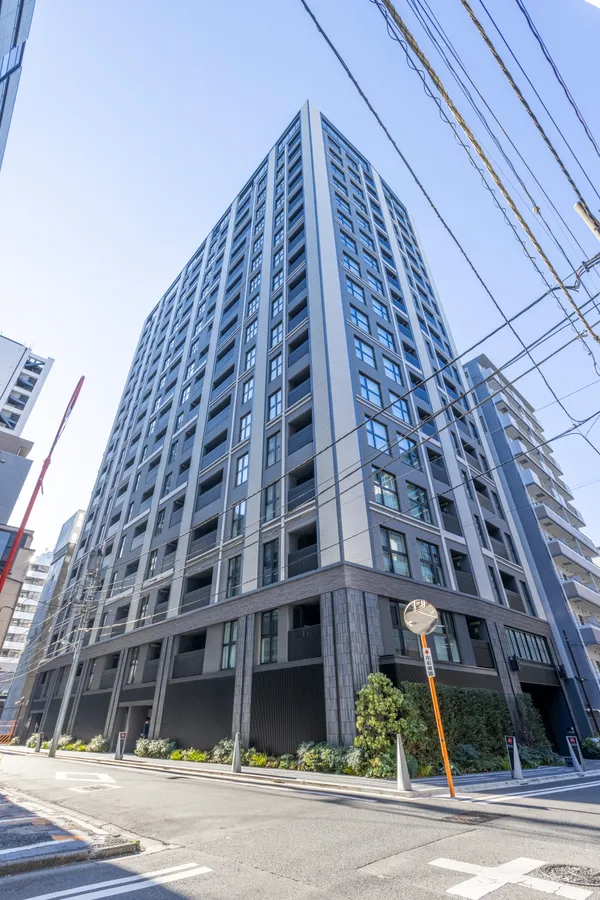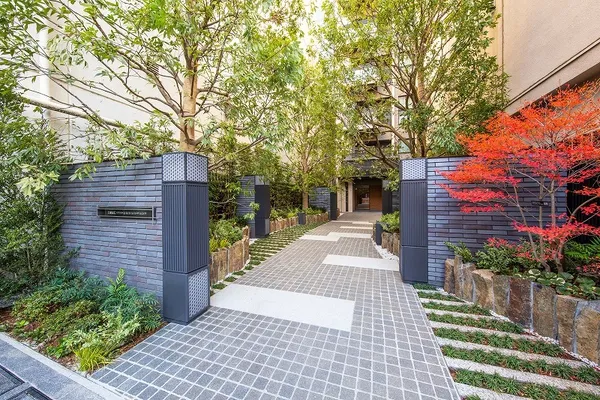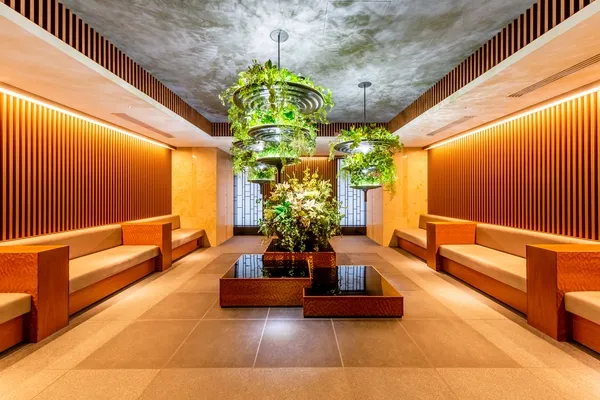Our Site uses cookies to improve your experience on our website. For more details, please read our Cookie Policy.
By closing this message or starting to navigate on this website, you agree to our use of cookies.
This page is translated using machine translation. Please note that the content may not be 100% accurate.
Nihombashi Area: A Fusion of New and Old, with Reminders of the Good Old Days
Nihombashi Area: A Fusion of New and Old, with Reminders of the Good Old Days
In the Edo period, Nihombashi area was the center of Japan, a lively commercial hub of streets lined with prosperous shops.
From Nihombashi Station, you can ride the Ginza, Tozai and Asakusa Lines; from Mitsukoshimae Station, the Hanzomon and Ginza Lines. Nihombashi area is also within easy walking distance of the Nihombashi exit of Tokyo Station.
Many of the shops in this neighborhood are centuries old, making it a delightful scene for an afternoon’s walk. In the Edo era the Mitsui family opened Echigoya, a fabric shop. Today the successor to that shop is Mitsukoshi Department Store, the first department store in Japan and a central landmark of the area to this day.
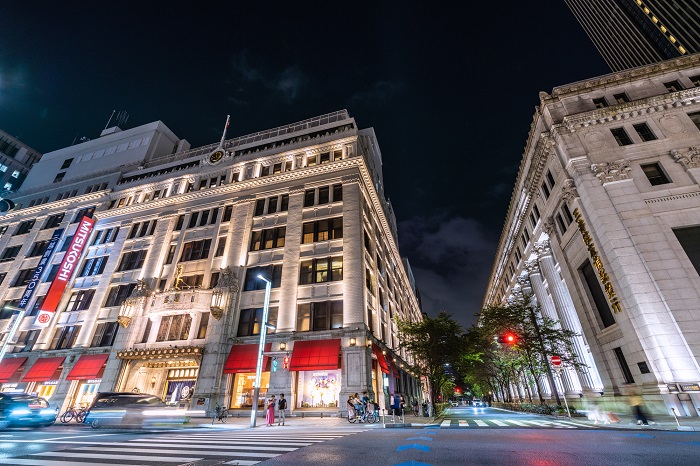
Thanks to redevelopment projects, mostly by Mitsui Fudosan, new commercial complexes, such as Coredo Muromachi, are debuting on the Nihombashi skyline. 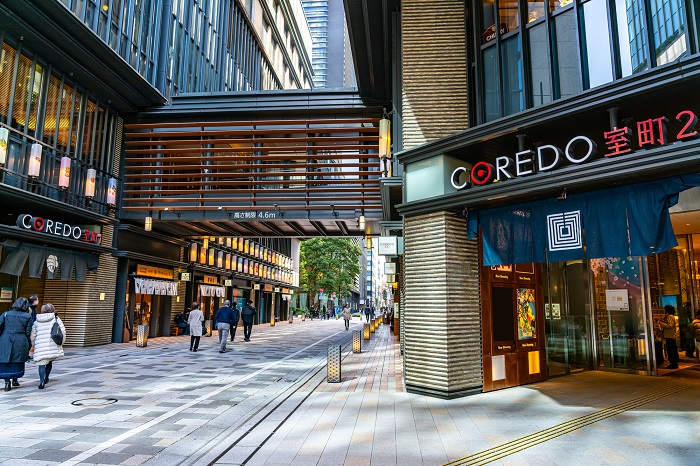
Plenty of redevelopment is penciled in for the area around Nihombashi as well, the transportation infrastructure around Nihombashi Station is slated for refurbishment, and a long-awaited transformation of the Shuto Expressway from an overhead viaduct to an underground tunnel is now in progress. With the riverside once more open to the skies, the rebirth of Nihombashi as a spacious and attractive space is in the works.
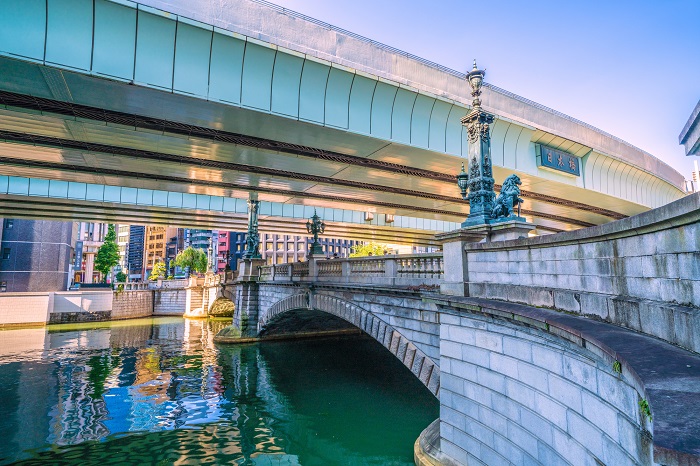
If you like the sound of living in Nihombashi, please take a look at our Chuo-ku property listings and reach out to us.
Please note that there may not be any available units for sale in the listed properties on this article.
